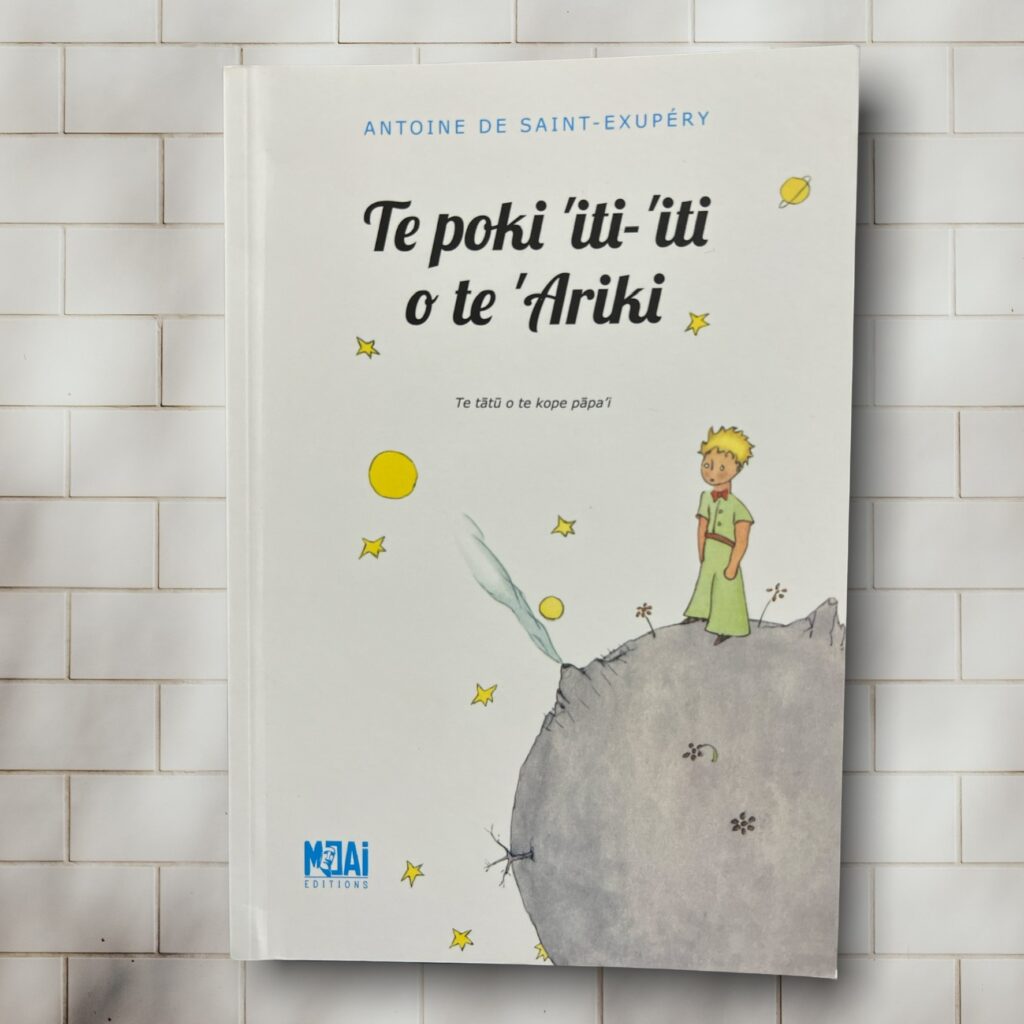
Te poki ‘iti-‘iti o te ‘Ariki — in Rapa Nui language.
Rapa Nui, also known as Pascuan or Pascuense, is an Eastern Polynesian language of the Austronesian language family. It is spoken on the island of Rapa Nui, also known as Easter Island.
The island is home to a population of just under 6,000 and is a special territory of Chile. There are 9,399 people (on both the island and the Chilean mainland) who identify as ethnically Rapa Nui. Census data does not exist on the primary known and spoken languages among these people. In 2008, the number of fluent speakers was reported as low as 800. Rapa Nui is a minority language and many of its adult speakers also speak Spanish. Most Rapa Nui children now grow up speaking Spanish and those who do learn Rapa Nui begin learning it later in life.
The Rapa Nui language is isolated within Eastern Polynesian, which also includes the Marquesic and Tahitic languages. Within Eastern Polynesian, it is closest to Marquesan morphologically, although its phonology has more in common with New Zealand Māori, as both languages are relatively conservative in retaining consonants lost in other Eastern Polynesian languages.

Very little is known about the Rapa Nui language prior to European contact. The majority of Rapa Nui vocabulary is inherited directly from Proto–Eastern Polynesian. Due to extensive borrowing from Tahitian there now often exist two forms for what was the same word in the early language. For example, Rapa Nui has Tahitian ʻite alongside original tikeꞌa for ‘to see’, both derived from Proto-Eastern Polynesian *kiteʻa. There are also hybridized forms of words such as hakaꞌite ‘to teach’, from native haka (causative prefix) and Tahitian ʻite.


